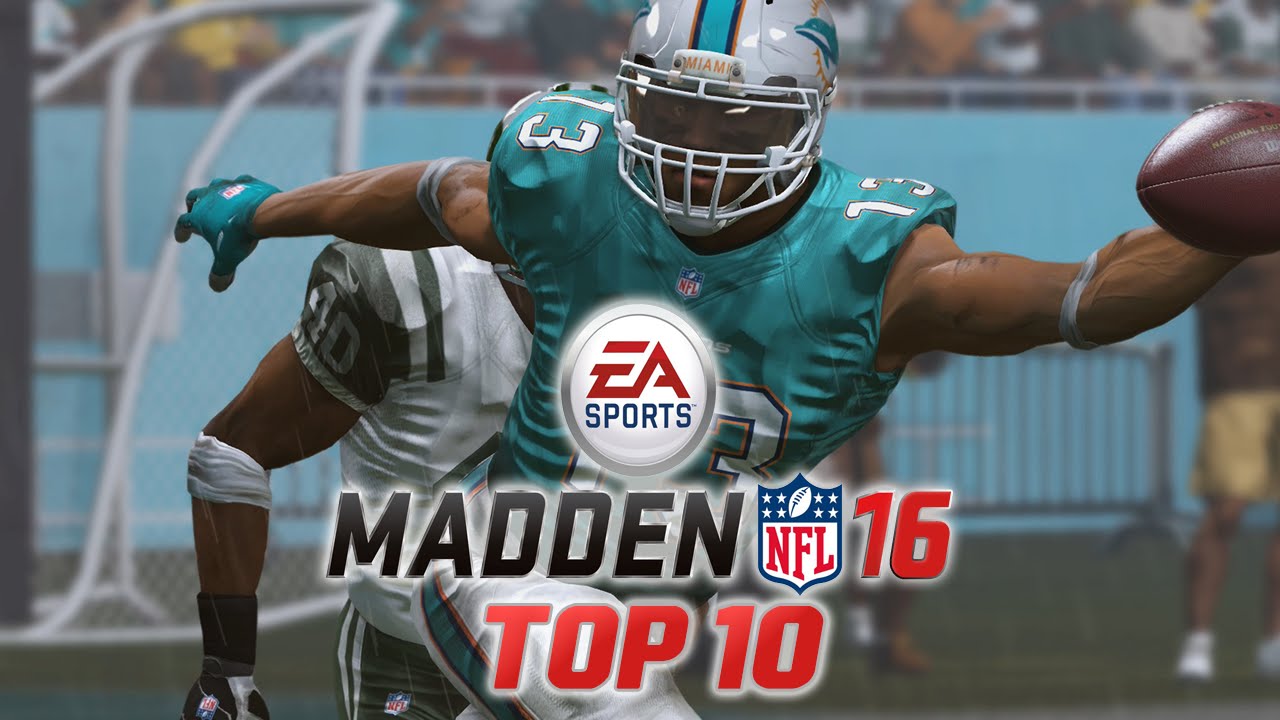The defense gets tired faster than the offense in Madden NFL 16
On the surface, Madden NFL 16 looks beautiful. Running on an Xbox One the graphics were breathtaking. Player movements were photo-realistic, especially when running backs were fighting for extra yards, or defensive linemen were trying to shed blocks. The field and player jerseys show great wear and tear over the course of a game better than I can ever remember. Of course, the same eight fans are still attending every game and filling in a surprising amount of seats, but that's a minor gripe. Overall, the look and feel of this game is what one would expect from a visual standpoint for a next-gen entry in the Madden franchise.
For Connected Franchise, Madden’s deep career mode, a new push-and-pull between Confidence and XP creates a very clear dividing line between weekly play and long-term development. Each week leading up to a game, it’s possible to work with the team on menu-based and playable exercises that boost either Confidence or XP, but never both. The former affects how players perform going into the next game; a confident player is less prone to making mistakes. XP is for long-term growth; earn enough for a player and you can spend the amassed points to improve some stat or another. Then there’s Madden NFL Ultimate Team, Madden’s fantasy football-inspired game mode that combines card collecting with traditional Madden-style football. Same as always, you build a team by opening packs of cards that give you players, uniforms, stadiums, and the like. These players don’t last forever; they’re under contract, and you need to spend contract cards that you pick up to get more games out of them.


As a "Franchise Mode" traditionalist (and someone on pace to be a complete curmudgeon in five years) the "Connected Career" is still frustrating. But once you realize all you need to do is fire up "Coach" mode (or "Owner" if you want to deal with the financial, stadium stuff, etc., as well) it's really not hard to navigate. There's also an addition I absolutely love to it: when you play games, the better a player does, the more XP (read: points) he earns. Once NFL 16 is over, you can choose how to spend points earned to improve the player who earned them. Boosting ratings isn't always my cup of tea, but cranking up someone's ratings is pretty expensive; you'd need a strong performance over the course of a season to truly improve someone.
Everything else is as depressing as ever. In 2014, an era where the divisions between art, interactivity and entertainment are becoming more blurred than ever before, it shouldn’t be this easy to see Madden’s threads. My first game, my first game, I heard one of the in-studio chuckle heads repeat the same line about moving the chains three fucking times. This was immediately after Madden 16 made me watch a video about how the commentary has been revamped with a brisk, in-action feel. Oh really? Then why is it that after the booth reviewed my touchdown catch, the commentators started talking about it in the context of a first down grab? Are you lying to me EA Sports? Don’t worry, I already know the answer.
This has other uses than the end game, however. The defense gets tired faster than the offense, and by continually hurrying the play, you can make them tire out quickly. This will lead to them being at quite a disadvantage by the time you get to their Red Zone. This also disrupts the tempo of the game if you start it during the second or third quarter, and you can severely throw off a human opponent at the same time. While the AI doesn't get completely confused, they tend to fall asleep on the first few plays if you run a Hurry Up Offense at an unexpected time. It's a good tactic to use to get an early score, and then you can settle back down and play normally from then on.
Take a look at your roster and the depth chart before matches. Madden 16 also introduces a new coach cam, which allows you to use the right stick to view player match ups before the snap: green indicates that your player is better than his marker, red means they shouldn’t be passed to on the play. When passing, you can use the left analogue stick to guide the ball further in a particular direction, but this isn’t always the best option. If the receiver is running towards the sidelines, don’t lead the pass further to the outside with the left stick as the quarterback will already throw it wide enough, and it will often go out of bounds if you try and guide it further.




